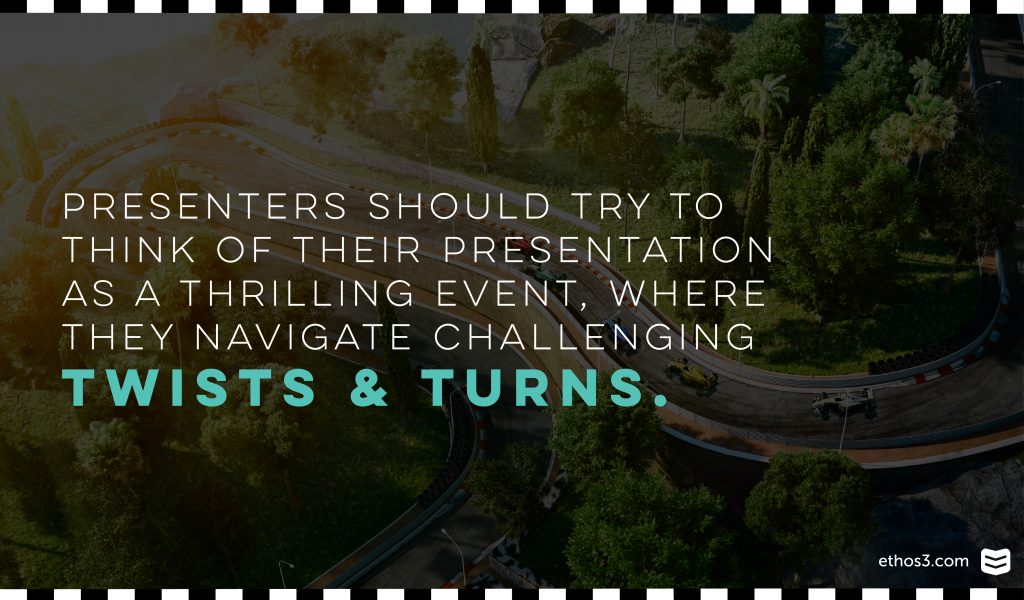This TED talk starts with one concept: we make poor decisions when we’re stressed. Neuroscientist Daniel Levitin bases the premise of his TED talk with this simple idea, and then offers a tempting solution: what if we could circumnavigate poor decision making, and act with clarity even when we’re stressed?
Since feeling overwhelmed, stressed out, and making bad decisions is an integral part of the human experience, it’s not surprising that this talk is one of the most popular recent TED talk releases. The question now becomes, is Levitin able to successfully help viewers in this speech? And even beyond that, how does he seek to accomplish this goal in only twelve minutes, and what can we learn from it?
Let’s start by watching the speech itself:
Levitin manages to address both common stress-based mistakes as well as mistakes that we might make in a more serious context. Breaking down his talk, here is how he structures the speech in order to both hook and convince the audience of his pre-mortem theory.
Narrative
All great TED talks start with a narrative. Daniel Levitin takes advantage of audience assumptions about what the life of a neuroscientist is like by sharing a horror story about breaking into his own house and then forgetting his passport before an international flight. Whether or not you can relate, this tale sets the tone and establishes that common gut feeling of “oh no” that we all experience.
If you want to use this technique in your own presentation, take inspiration and start with a story that evokes a similar “oh no” for the audience. This achieves a duel purpose of both establishing the problem, and then creating an emotional response because of the high stakes for the narrator.
Possibility
The bulk of the talk offers a light at the end of the tunnel for two problems: for basic stress related situations and mistakes, and for more serious situations such as a conversation with your doctor. The possibility for Levitin’s concept is broad, and thus appealing.
Here’s how he summarizes the pre-mortem solution: “You look ahead and you try to figure out all the things that could go wrong, and then you try to figure out what you can do to prevent those things from happening, or to minimize the damage.”
If you want to paint possibility for an audience in your own speech, be brief and make the summary of your solution even briefer. Levitin only required one sentence to do so in his TED talk, and it works.
Application

Here is the part of the speech where Levitin is the strongest: he shows different case uses of pre-mortem concept in order to solve the audience’s pain points. What if people had designated places in their homes for things they are prone to lose? But even more than this, what if people were more prepared to ask questions and dig deeper in situations where a “yes” is the easy way out?
The reason why this portion of the talk works so well is because these real-life scenarios are clear and helpful. People go to the doctor. People lose their keys. If you want to achieve the same affect in your presentation, aim to describe real-life use cases throughout your talk after you’ve discussed the solution.
The result is a speech that succeeds in only twelve minutes, and miraculously makes us feel less stressed.
Want to watch more incredible TED talks? Check out these related analysis posts for a deeper dive into some of the very best.
A Closer Look at Kathryn Schulz’s TED Talk: “On Being Wrong”
3 Essential TED Talks for the Presenter
5 Lessons from Adam Grant’s TED Talk